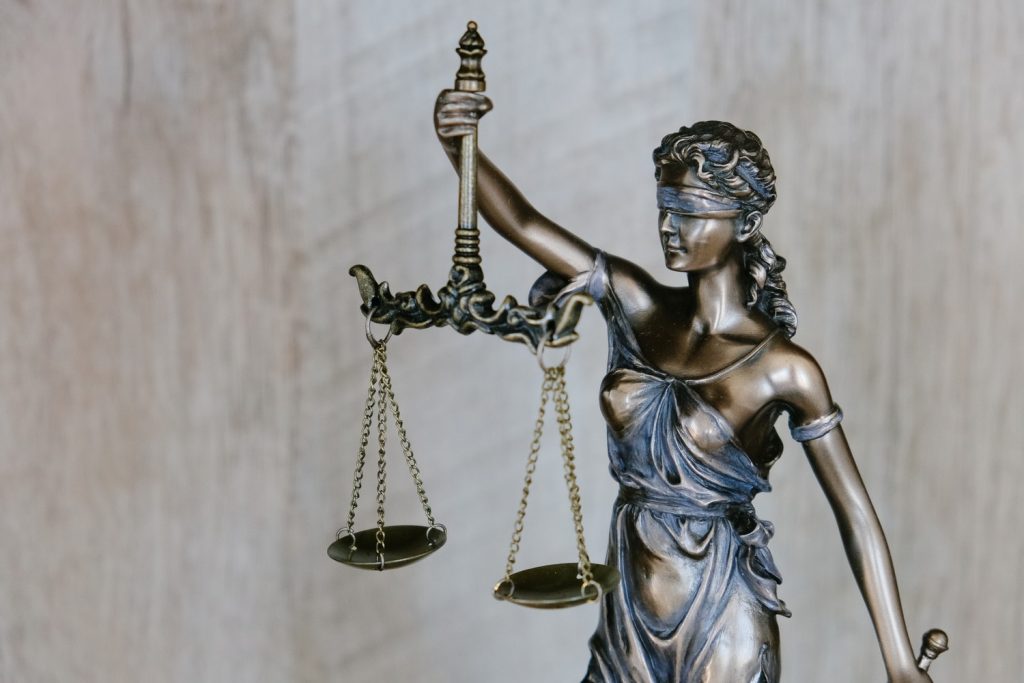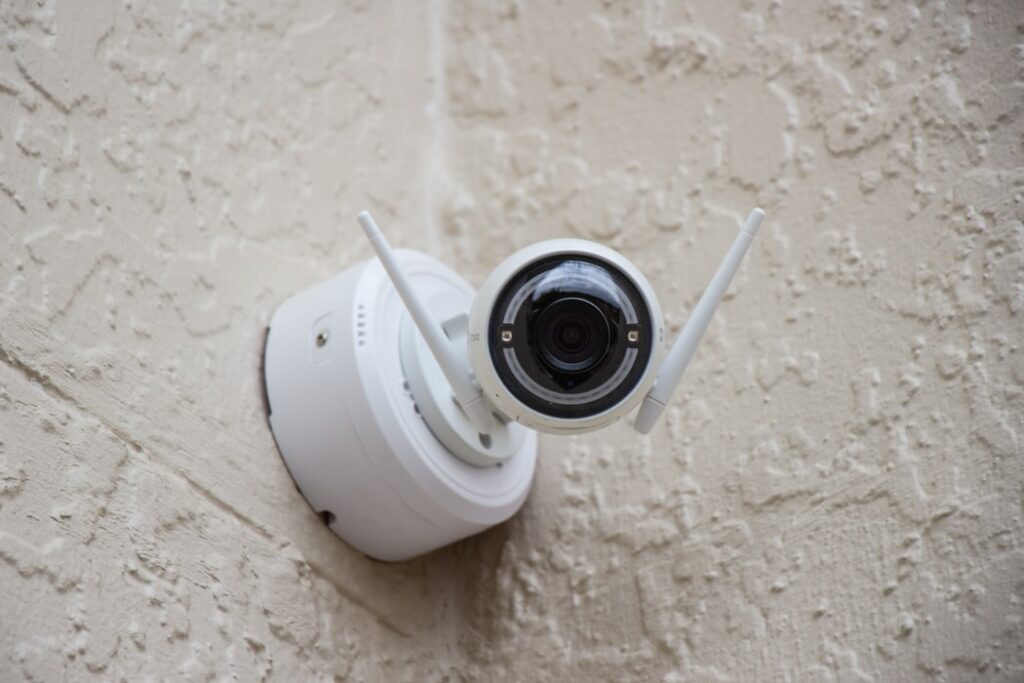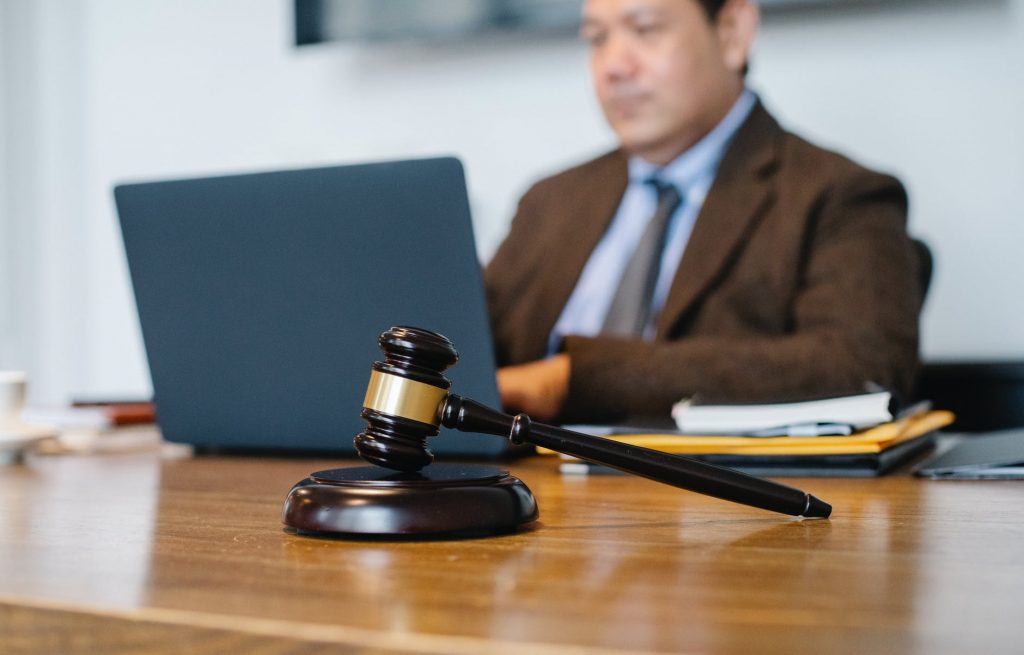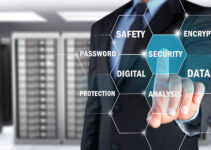Smart home technology is increasingly popular with homeowners, as well as property managers, and as it becomes more affordable, even more individuals invest in the devices. In the midst of this popularity, however, the majority of people don’t see much worth remarking on – they’re just a collection of convenient devices.
But to savvier minds, like those working in our legal system, it’s clear that smart home technology can have serious repercussions for its users, as well as for anyone else who finds themselves in their proximity. And these days, that’s just about everyone.
Whether you’re considering investing in some smart home technology of your own or you’re simply concerned about your own exposure to such devices, it’s important to know what’s at stake in the use of these devices.
Particularly, when they’re found in the proximity to a crime, how are they allowed to be used?
Placement Matters

img source: unsplash.com
One of the most fundamental laws informing the use of smart home technology, but especially devices like security cameras that capture video, is that they cannot be placed where someone might have a reasonable expectation of privacy. That’s why stores can get into legal trouble for placing cameras in dressing rooms or bathrooms. The flipside of that is that homeowners have the right to place cameras anywhere on their own property, except directly facing their neighbors’ property.
Given these restrictions, individuals with security cameras, like Ring doorbells or other personal, connected devices, can use the video captured to prosecute crimes on their property, such as burglary. However, even on your own property, you should be cautious about placing cameras in a guest bedroom, and separate rules apply if you are renting out your personal property as AirBnB.
Incriminating Evidence

Img source: advantageair.com.au
Most people who place smart home technology on their property assume that, if it were ever to be used in criminal proceedings, it would be as a tool for prosecuting someone who had wronged them. What many people have found, though, is that these devices can just as easily be used to incriminate them as to support their own cases.
For example, abusers have found ways to use smart home devices to terrorize their victims, such as by manipulating lights and locks or using cameras inside the home to monitor their activities. And, terrible as this is, the result is an entire body of forensic work that can detect device hacks and other technological malfeasance.
Of course, saying that these devices can be used to incriminate owners doesn’t mean that they can’t also be used as a source of defense. Rather, the key is to recognize the full capacity of this technology. As attorney Rowdy Williams makes plain, “We can’t separate our lives from our technology today, and just as the courts can subpoena your cell phone records or emails, they can subpoena smart home device recordings. You may still find the positive applications outweigh the negative ones, but these devices don’t discriminate when it comes to catching perpetrators in the act.” You can learn more about William’s criminal law expertise, including his work on burglary cases, at RowdyWilliams.com.
Digital Informants

Img source: unsplash.com
In the above, we explore some of how individuals might use information from their smart home devices in support of their own cases or, alternatively, how they might be harmed by them, but the applications of this technology don’t stop there. In fact, one of the most significant ways that smart home technology is being utilized today is as a policing tool.
Because so many people now have exterior smart home devices, like security systems and connected doorbells, rather than primarily interior devices like thermostats, police now regularly reach out to people living in the immediate proximity of crimes and request footage from camera owners. At Ring, which is owned by Amazon, it’s actually officially company policy to allow police and fire departments to contact device owners. Footage from private surveillance devices not directly connected to the crime have since been used countless times to solve cases.
It’s important to note that, although law enforcement have the ability to contact device owners and request footage, they cannot demand it and the companies that own the technology behind these devices typically back device owners in these types of disputes. On the other hands, these same technology companies equip their devices with settings that make them even more helpful to law enforcement, in the event homeowners choose to use them.
Among the enhanced functionality found in some smart home technology, it’s not uncommon for devices to be trained to recognize familiar faces or set to more closely monitor particular parts of the property flagged as “activity zones.”
The more advanced these devices become and the more information they are able to accurately gather, the more thoroughly they can be weaponized against vulnerable communities – a use well beyond their original intent.
A Growing Criminal And Legal Field

Img source: pexels.com
Because of how frequently smart home technology is now implicated in court cases – or at least how often it has the potential to be of use – experts have noted the growth of adjacent areas of specialization. These include forms of digital forensics, which can be used to analyze smart home technology, to the development of search templates, which law enforcement can use to simplify the process of getting warrants for these devices. Conversely, there is also a growing body of legal scholarship and case law that regulates and analyzes the use of such devices in criminal cases and the associated legal proceedings.
Despite the rapid growth in use and undeniable popularity of smart home devices, these tools remain in many ways the legal Wild West. This happens with every new technology, and though it is eventually resolved, in the first years and even decades of use, such tools are fundamentally unpredictable factors when they intersect with the legal system – because we develop technology first and regulate it later. In so doing, we give ourselves the opportunity to make reality-tested decisions about innovations’ legal standing, but we also give ourselves permissions to avoid fully considering the consequences of new technology until a later date.
It’s a fine line to walk and, in the case of smart home technology, we’re currently standing in the middle of the highwire, trying to find our footing.
The Ethical Debate
As with all technological advancements, smart home devices also present an ethical quandary. Renting out your personal property as AirBnB is a good option. On one hand, they offer enhanced security and convenience for homeowners, becoming an integral part of modern living. On the other hand, they raise pressing concerns about privacy and potential misuse, not just by individual users, but by tech companies and law enforcement.
Recent studies have shown that while many people appreciate the benefits of smart home technology, they are often unaware of how much data these devices collect, or how it might be used. This lack of transparency can be a significant issue. For instance, a smart refrigerator that tracks your food consumption patterns may seem innocuous. Still, what if that data was sold to health insurance companies, potentially affecting premium calculations?
Moreover, there’s an ongoing debate about consent. While a homeowner may give permission for data collection within their home, what happens when they have guests? Do these visitors implicitly consent to potential surveillance?
It’s clear that as the prevalence of smart home tech increases, so does the urgency for clear, ethical guidelines on its use. As lawmakers and tech experts grapple with the ever-evolving landscape of smart home technology in the legal realm, consumers must be proactive in understanding and controlling their own digital footprints. This not only ensures their safety and privacy but also aids in navigating potential legal implications in the future.



